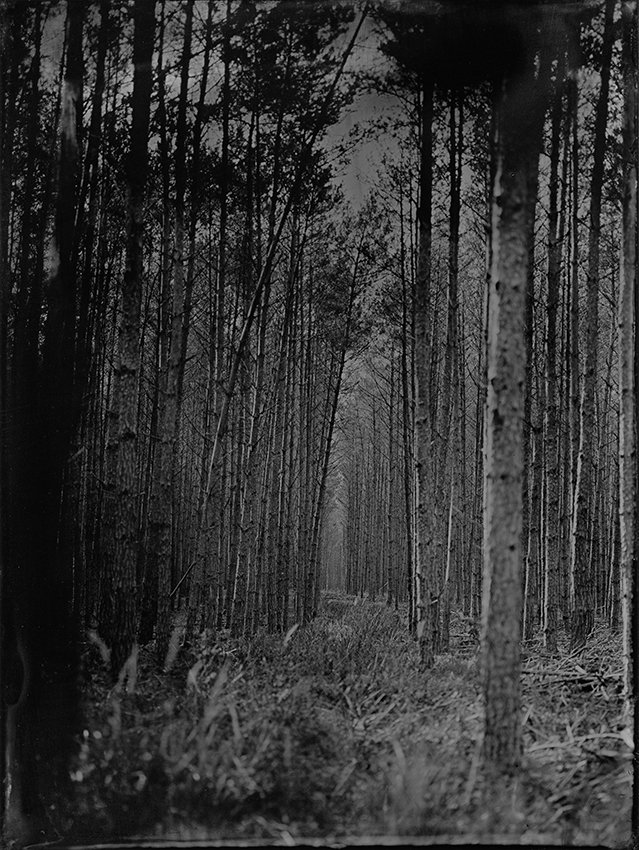Postcard from... Waterford
/By Paul Scraton:
In Waterford, the shops were doing a busy trade in the run-up to Easter. Dunnes Stores was heaving with people, their trolleys piled high ahead of the holiday weekend. Chocolate eggs and multipack bags of crisps. Beer and wine. Meat for the barbecue, for the weather forecast said there was a chance it might be fine.
A few steps away, there was one shopfront that had nothing to offer the people of the city. P. Larkin was closed, and looked to have been for a long time. The door was locked. The display shelves in the window were empty. Looking inside, it was possible to see an old cash register and a jacket hanging behind a door. A calendar turned to a month that was long gone. Meat hooks and refrigeration units told us that this had once been a butcher’s shop. But there was nothing for the barbecue here.
Someone had pinned photographs to the inside of the window. Pictures of a different time, in a different era. A man in a white jacket, standing in the doorway, meat hanging in the windows. So time had passed. The man was gone. The shop had closed. This is not an unusual story. In towns and cities across Ireland and beyond, local independent shops struggle in the face of supermarkets. But there was another story here, something altogether more intriguing.
A newspaper article, itself a decade old, weather-faded but legible, filled in the details. The last piece of meat that had been sold from behind the counter left the premises in 1983. Michael Griffin, who had lived at this location on Blackfrairs since he was born, had decided to stop trading as a butcher with Ireland’s accession to the European Union as he felt it was no longer possible to get the same quality of meat.
“I couldn’t get the quality cattle that I wanted so I stopped selling,” Griffin explained to the reporter from the Waterford News. And yet, despite having effectively shut down his business, he continued to open the shop each day, sitting just inside the door and welcoming those who still popped by to say hello or have a chat. By the time the reporter came to visit, it had been around thirty years since he’d hung up his white butcher’s jacket.
“The good old days are gone and there’s no going back now” Griffin said. “People wonder why they have to put an Oxo and Bisto in their meat to make it taste of something… People will look back and see how right I am.”
We stood outside and read the article, looking once more beyond the dusty window to see what clues there might be to what happened next. There was no further information to the story, nothing to fill in the gaps of the last ten years. One day, Number 2 Blackfriars will be renovated. When the shop re-opens there will be something to sell. But hopefully there’s still someone around who remembers the quirky story of the butcher’s shop without any meat, and the thirty-odd years when all that was on offer was a bit of conversation.
***
Paul Scraton is the editor in chief of Elsewhere: A Journal of Place.















